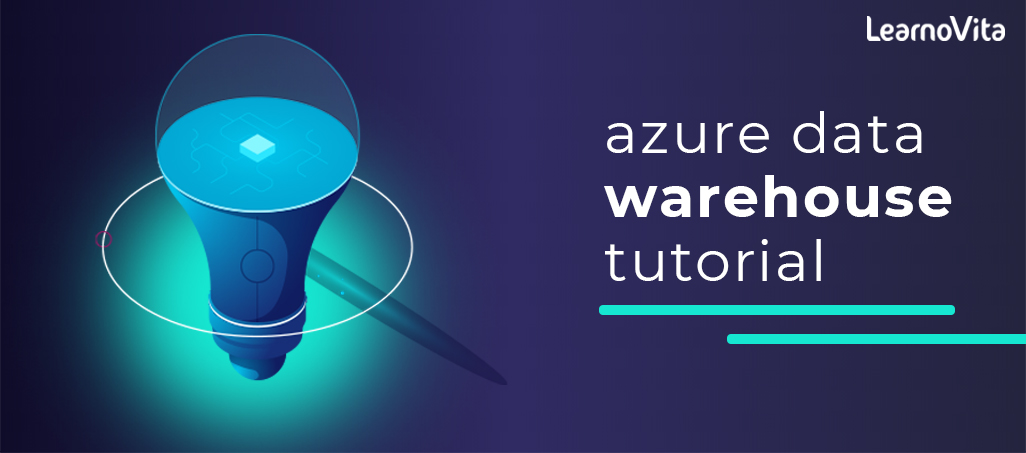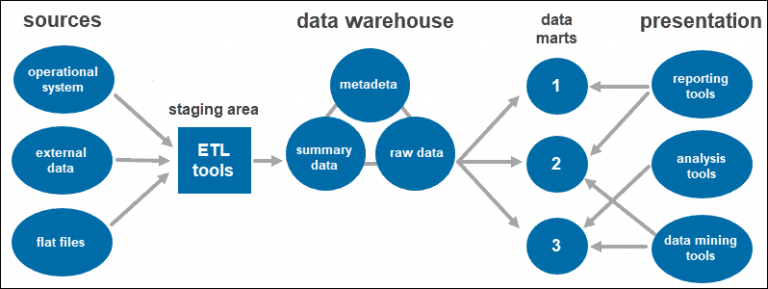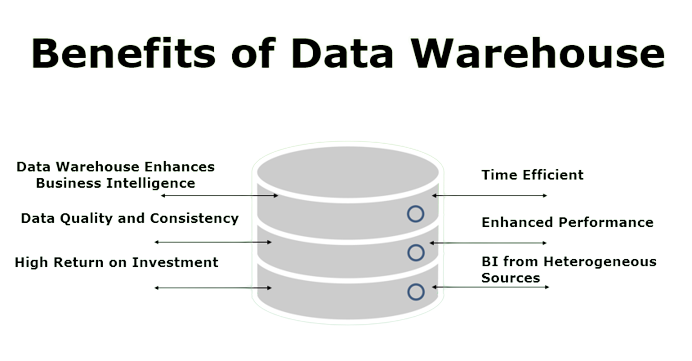- An Overview of AWS Machine Learning Tutorial
- Mapplet In Informatica | Purpose and Implementation of Mapplets | Expert’s Top Picks | Free Guide Tutorial
- Spring Cloud Tutorial
- Azure IoT Hub Integration Tutorial | For Beginners Learn in 1 Day FREE
- Cloud Native Microservices Tutorial | A Comprehensive Guide
- Azure Stream Analytics | Learn in 1 Day FREE Tutorial
- Azure Data Warehouse | Learn in 1 Day FREE Tutorial
- AWS Lambda Tutorial | A Guide to Creating Your First Function
- Azure Logic Apps Tutorial – A beginners Guide & its Complete Overview
- Azure Service Bus Tutorial | Complete Overview – Just An Hour for FREE
- Introduction to Azure Service Fabric Tutorial | Learn from Scratch
- Amazon CloudWatch Tutorial | Ultimate Guide to Learn [BEST & NEW]
- AWS Data Pipeline Documentation Tutorial | For Beginners Learn in 1 Day FREE
- What is Azure App Service? | A Complete Guide for Beginners
- AWS Key Management Service | All You Need to Know
- Apigee Tutorial | A Comprehensive Guide for Beginners
- Kubernetes Tutorial | Step by Step Guide to Basic
- AWS SQS – Simple Queue Service Tutorial | Quickstart – MUST READ
- AWS Glue Tutorial
- MuleSoft
- Cloud Computing Tutorial
- AWS CloudFormation tutorial
- AWS Amazon S3 Bucket Tutorial
- Kubernetes Cheat Sheet Tutorial
- AWS IAM Tutorial
- Cloud Concepts And Models Tutorial
- Cloud Network Security Tutorial
- Azure Active Directory Tutorial
- NetApp Tutorial
- OpenStack tutorial
- AWS Cheat Sheet Tutorial
- Informatica Transformations Tutorial
- AWS vs AZURE Who is The Right Cloud Platform?
- How to Host your Static Website with AWS Tutorial
- VMware Tutorial
- Edge Computing Tutorial
- Cognitive Cloud Computing Tutorial
- Serverless Computing Tutorial
- Sharepoint Tutorial
- AWS Tutorial
- Microsoft Azure Tutorial
- IOT Tutorial
- An Overview of AWS Machine Learning Tutorial
- Mapplet In Informatica | Purpose and Implementation of Mapplets | Expert’s Top Picks | Free Guide Tutorial
- Spring Cloud Tutorial
- Azure IoT Hub Integration Tutorial | For Beginners Learn in 1 Day FREE
- Cloud Native Microservices Tutorial | A Comprehensive Guide
- Azure Stream Analytics | Learn in 1 Day FREE Tutorial
- Azure Data Warehouse | Learn in 1 Day FREE Tutorial
- AWS Lambda Tutorial | A Guide to Creating Your First Function
- Azure Logic Apps Tutorial – A beginners Guide & its Complete Overview
- Azure Service Bus Tutorial | Complete Overview – Just An Hour for FREE
- Introduction to Azure Service Fabric Tutorial | Learn from Scratch
- Amazon CloudWatch Tutorial | Ultimate Guide to Learn [BEST & NEW]
- AWS Data Pipeline Documentation Tutorial | For Beginners Learn in 1 Day FREE
- What is Azure App Service? | A Complete Guide for Beginners
- AWS Key Management Service | All You Need to Know
- Apigee Tutorial | A Comprehensive Guide for Beginners
- Kubernetes Tutorial | Step by Step Guide to Basic
- AWS SQS – Simple Queue Service Tutorial | Quickstart – MUST READ
- AWS Glue Tutorial
- MuleSoft
- Cloud Computing Tutorial
- AWS CloudFormation tutorial
- AWS Amazon S3 Bucket Tutorial
- Kubernetes Cheat Sheet Tutorial
- AWS IAM Tutorial
- Cloud Concepts And Models Tutorial
- Cloud Network Security Tutorial
- Azure Active Directory Tutorial
- NetApp Tutorial
- OpenStack tutorial
- AWS Cheat Sheet Tutorial
- Informatica Transformations Tutorial
- AWS vs AZURE Who is The Right Cloud Platform?
- How to Host your Static Website with AWS Tutorial
- VMware Tutorial
- Edge Computing Tutorial
- Cognitive Cloud Computing Tutorial
- Serverless Computing Tutorial
- Sharepoint Tutorial
- AWS Tutorial
- Microsoft Azure Tutorial
- IOT Tutorial

Azure Data Warehouse | Learn in 1 Day FREE Tutorial
Last updated on 11th Aug 2022, Blog, Cloud Computing, Tutorials
Introduction of Azure Data Warehouse
Azure SQL Data Warehouse is a more elastic and scalable cloud service. It is compatible with several other Azure offerings, Data Factory and Machine Learning and with different SQL Server tools and Microsoft products. Azure’s SQL based Data warehouse has the capability to process large amounts of data through parallel processing. Being a distributed database management system, it overcomes most of the shortcomings of traditional data warehousing systems. Before handling the logic involved in the data queries, Azure SQL Data Warehouse spreads data across multiple shared storage and processing units.
This qualifies it for batch loading, manipulation, and bulk data providing. As an integrated Azure feature, it has the same scalability and consistency like other Azure services like high-performance computing. The traditional data warehouses have two or more identical processors and consist of Symmetric Multiprocessing (SMP) machines. They have finished accessing all I/O devices as these are connected to a single shared memory. Control and handling of them are provided by a single operating system. With developing business demand in recent years, the need for more scalability has arisen.
How does a data warehouse work?
A data warehouse may contain multiple databases. Within every database, data is organized into tables and columns. Within every column, can define a description of the data, such as integer, data field, or string. Tables can be organized inside of schemas, which can think of as folders.
When data is ingested, it is stored in different tables described by the schema. Query tools use the schema to find which data tables to access and analyze.

How Azure Data Warehousing overcomes these drawbacks:
- Azure SQL data warehouse caters all demands through the shared nothing architecture.
- The feature of data storage in multiple locations is to process more volumes of parallel data.
- If you are new to Azure data warehouse and need to understand it completely, take Azure training from experts.
Features of Azure Data Warehouse:
- It is a combination of the SQL Server relational database and Azure cloud scale-out capabilities;
- It maintains computing separated from the storage;
- Azure can scale up, scale down, pause and resume computations;
- It is an integrated platform;
- It includes the uses of tools and T-SQL (SQL server transact).
- From legal to business security requirements, it displays complete compliance.
Benefits of Azure Data Warehouse
1. Elasticity:Azure data warehouse possesses a greater elasticity due to the separation of computing and storage components.Computing can be scaled separately. Even if the query is running, it permits addition and elimination of resources.
2. Security-oriented:Azure SQL has different security components (row-level security, data masking, encryption, auditing, etc.). Considering the cyber threats to cloud data security, components of Azure data warehouse are confidential enough to keep data safe.
3. V12 portability:It can easily upgrade from SQL Server to Azure SQL and vice-versa with the tools that Microsoft provides.
4. High scalability:Scalability is large in Azure.
Azure data warehouse scales up and down fastly according to the requirements.
5. Polybase:Users query across non-relational sources through Polybase.

Functions of several Azure Data Warehousing components:
1. Control node:All connections and applications can communicate with the front end of the system–Control node. From the data movement to computations, the control node gathers everything needed for running parallel queries. To do this, all unique queries are transformed to run in parallel on different Compute nodes.
2.Compute node:As the compute nodes receive the query, it is further saved and processed. Even the parallel processing of the queries takes place with multiple compute nodes. The outputs are passed back to the control node as soon as the processing completes. Then the outputs are collected, and the final result is returned.
3.Storage:Azure Blob storage can save large amounts of unstructured data. Compute nodes read and write directly from Blob storage to interacted with data. Its storage is expanding transparently. The storage is resistant to the flaws. It provides strong backup and restores the data in no time.
4. DMS:Windows offers the Data Movement Service, and it runs alongside SQL databases on all nodes. This moved the data between nodes.
Simple Data Warehouse Planning and Design
Professional data warehouse planning involves more factors, including collecting requirements and designing the solution to meet the business objectives. One of the most important designed documents is to have a DWBI architecture .
Azure Data Warehouse structure and functions
- In a distributed database system, it is capable of shared nothing architecture.
- The data is distributed throughout the multiple shared, storage and processing units.
- A premium locally redundant storage layer serves as the data storage in the Azure data warehouse.
- Compute nodes on top of this layer to execute queries.
- As the control node is capable of receiving multiple requests, they are optimized for distribution to allocate to different compute nodes to work parallel.
- When requiring massively parallel processing (MPP), Azure SQL Data Warehouse is the ultimate solution.
- Unlike the on-premises equivalent, Azure SQL Data Warehouse solutions are simply accessible to anyone with a workload using the familiar T-SQL language.
- If looking to harness this wonderful data warehousing solution for business, a Microsoft Partner like CloudMoyo can help this.
- Requirements and assessment phase, to data warehouse platform selection, architecture, integration, data management and further support, CloudMoyo gives to the table expertise, flexibility along with long term commitment for excellence.